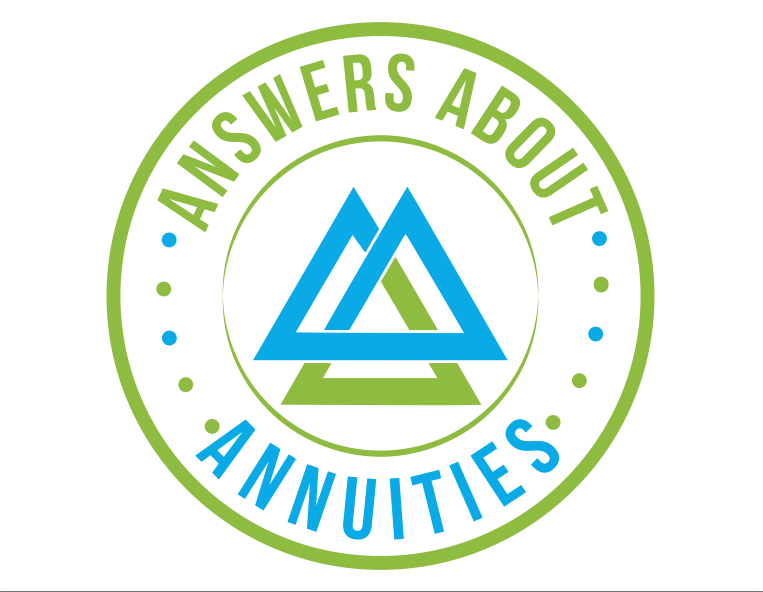Safety of Investing With Annuities
Safety Net #1 - Insuring Your Assets
You insure your house, your car, your health, and your life – why not your retirement portfolio? Especially since your retirement portfolio’s ability to stay safe and generate income during retirement is what allows you to afford to maintain all those other insurances to begin with.
When your money is deposited with a fixed annuity, your principal and interest are contractually guaranteed in writing and backed up by the full strength and claims-paying ability of the insurance company. By using an insurance company with a high strength rating (which we will cover next), that means in most instances you are backed by a company with billions or even trillions of dollars in assets and reserves that may also be between 50 and 150 years old.
Safety Net #2 - Company Ratings
All insurance companies are heavily scrutinized by the major independent rating agencies: Fitch, Moody’s, Standard and Poor’s, and A.M. Best. Each rating agency differs slightly in their criteria and manner in which they assign a letter grade to an insurance company.
Founded in 1899, A.M. Best is the oldest of the four agencies and tends to be widely recognized as the most trusted and accurate. A.M. Best's Financial Strength Ratings (FSR) represent the company's assessment of an insurer's ability to meet its obligations to policyholders. The rating process involves quantitative and qualitative reviews of a company's balance sheet, operating performance and business profile. This including comparisons to peers and industry standards, and assessments of an insurer's operating plans, philosophy and management. For the latest insurance company ratings access www.ambest.com
The ratings scale includes 15 different ratings:
A++, A+ (Superior)
A, A- (Excellent)
B++, B+ (Good)
B, B- (Fair)
C++, C+ (Marginal)
C, C- (Weak)
D (Poor)
E (Under Regulatory Supervision)
F (In Liquidation)

Safety Net #3 - Insurance Industry Regulations & Reserve Requirements
All insurance companies are regulated by individual state insurance departments. The job of these state commissioners is to be constantly reviewing, monitoring and auditing the internal investment holdings, reserve requirements, and overall strength and solvency of the company. Each state requires that every life insurance company doing business in its state must have enough liquid assets to cover the insurer’s current and future obligations, plus a little extra. When you deposit money at your local bank, the banker may only be required to hold between 5-15% of your deposit in reserves. The rest can be used and lent back out for profit.
When you deposit with a fixed annuity, the company is required by law to set aside a minimum of $1.04 for every $1.00 of principal that you deposit. That means 104% of your deposits are held in reserves instead of only 15% with most banks, and many insurance companies actually have much more than just the minimum reserves.*
Safety Net #4 - Historical Track Record
Just the North American insurance industry alone is comprised of around 2,000 individual companies, who collectively own, control or manage more assets than all the banks and oil companies in the entire world combined. It has been said that if there were ever a financial collapse in this country, the insurance industry would be second only to the U.S. Government to fold, and that is only because the government has the ability to tax and print money.*
Even at the time of this writing, the insurance industry is trillions in the black in contrast to the government, which we all know is trillions in the red. The insurance industry also has by far the best strength and stability record of any financial institution over the past 150+ years. Even Babe Ruth, the legendary baseball player, was able to financially survive the Great Depression because the majority of his retirement savings were in fixed annuities. He never lost a dime due to market fluctuation in his fixed annuities, while many of his teammates went bankrupt from the market crash.

